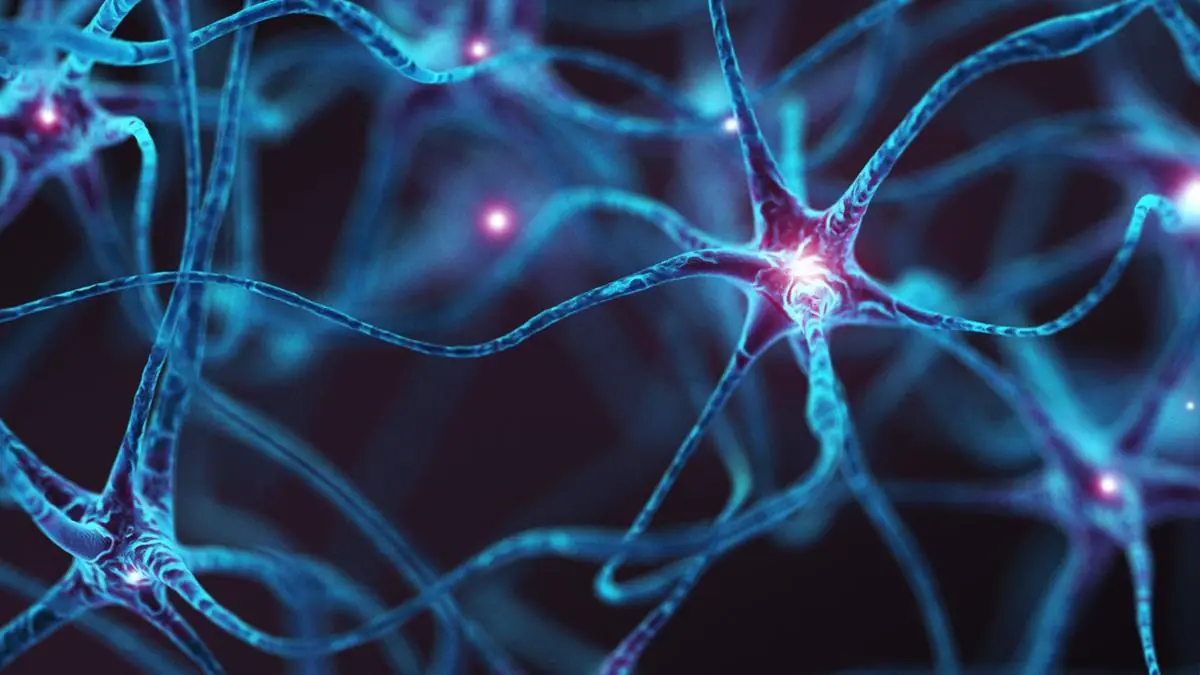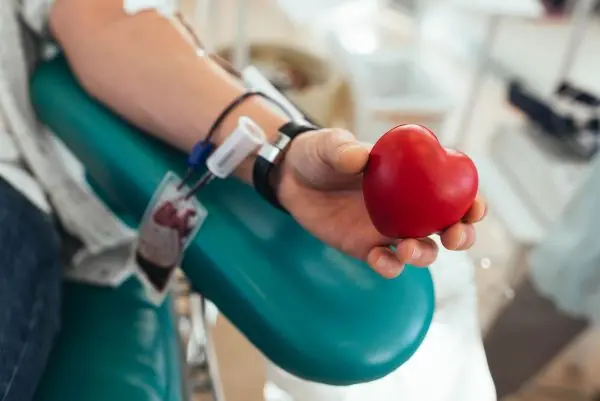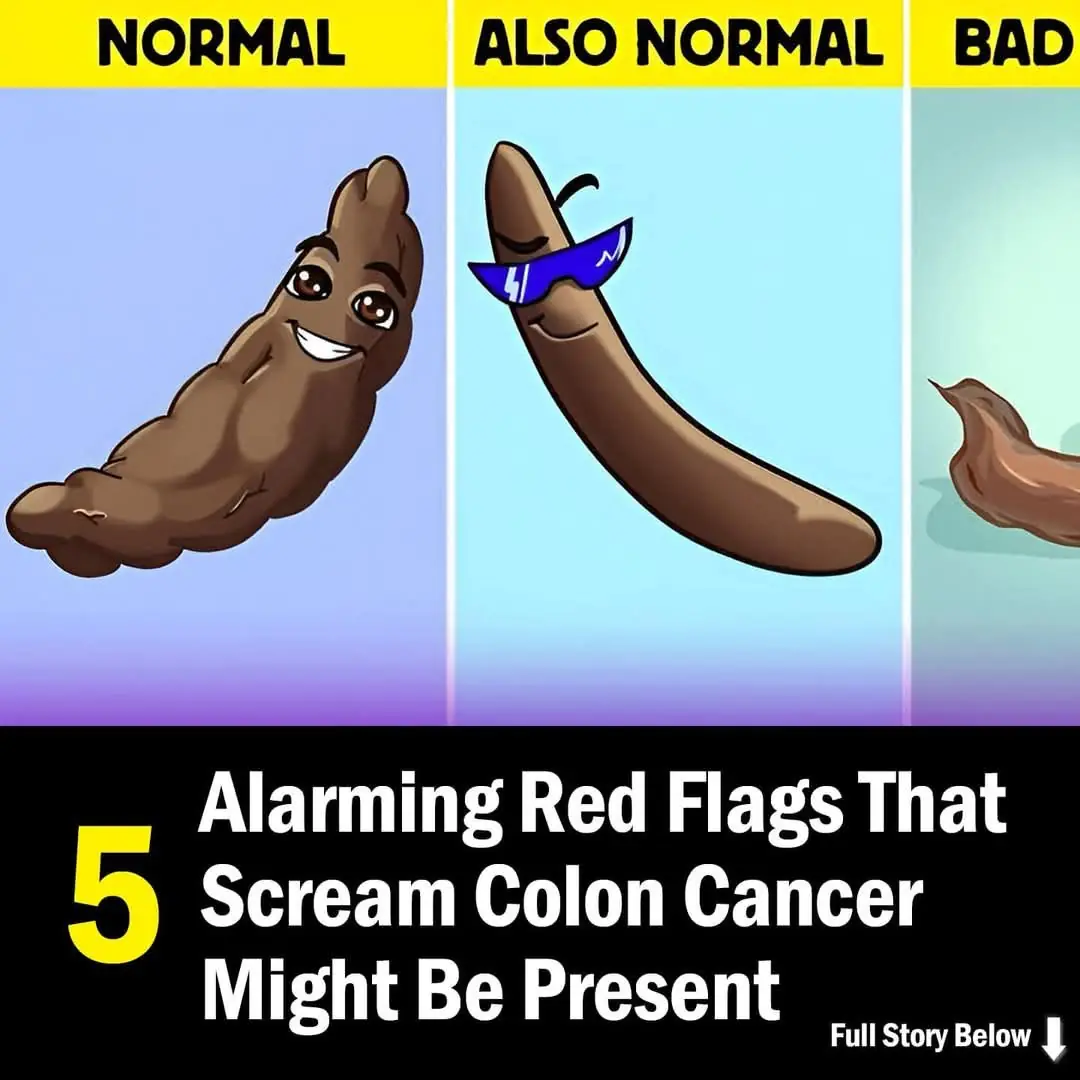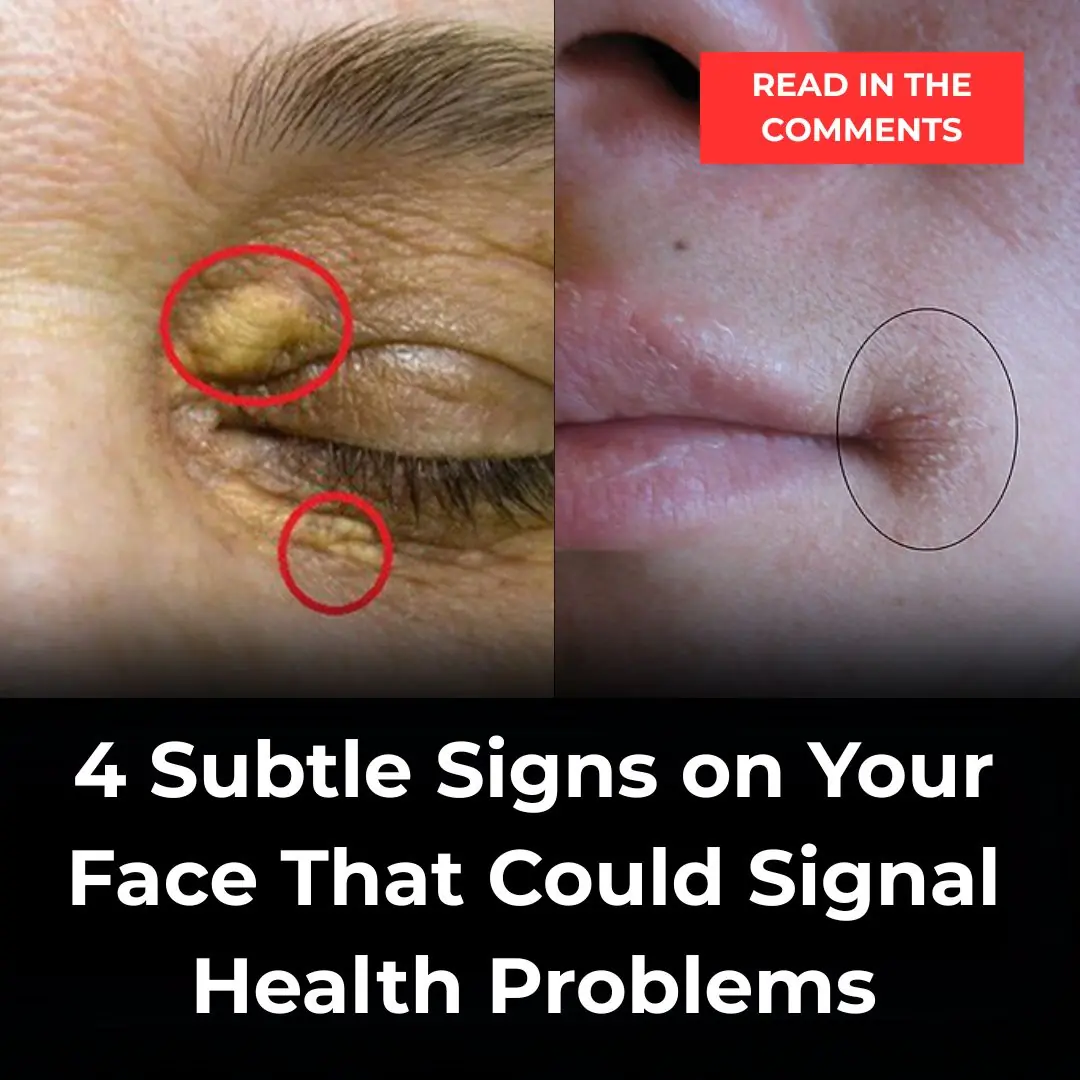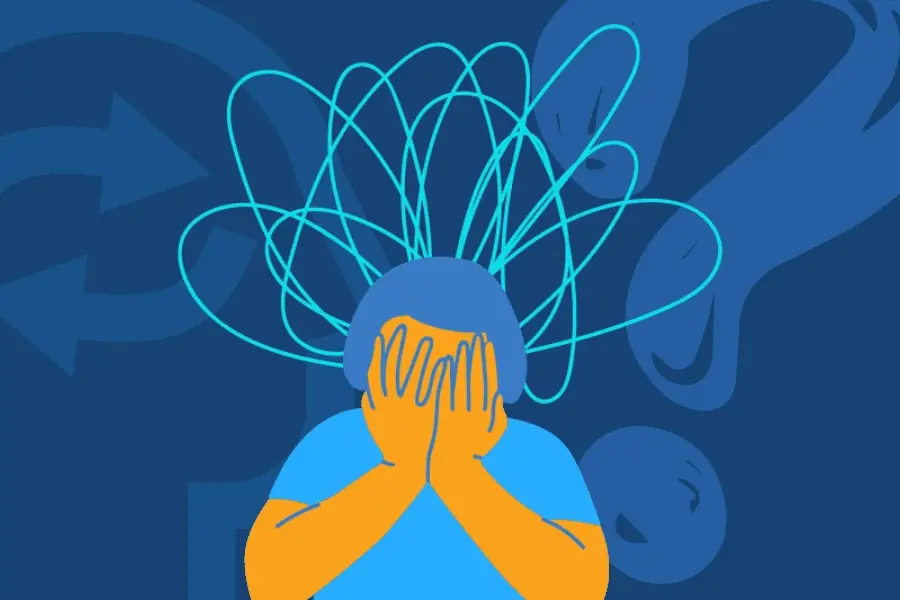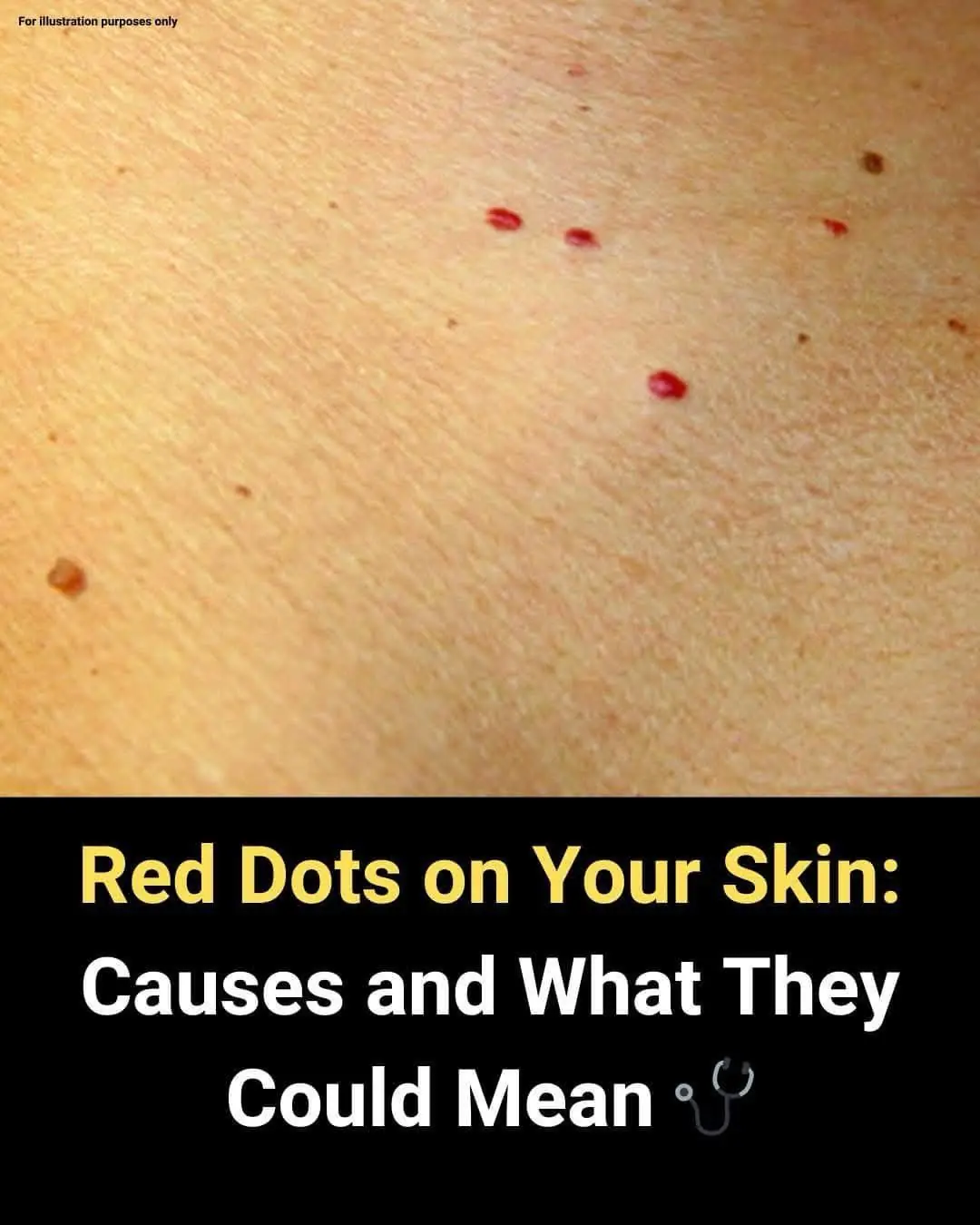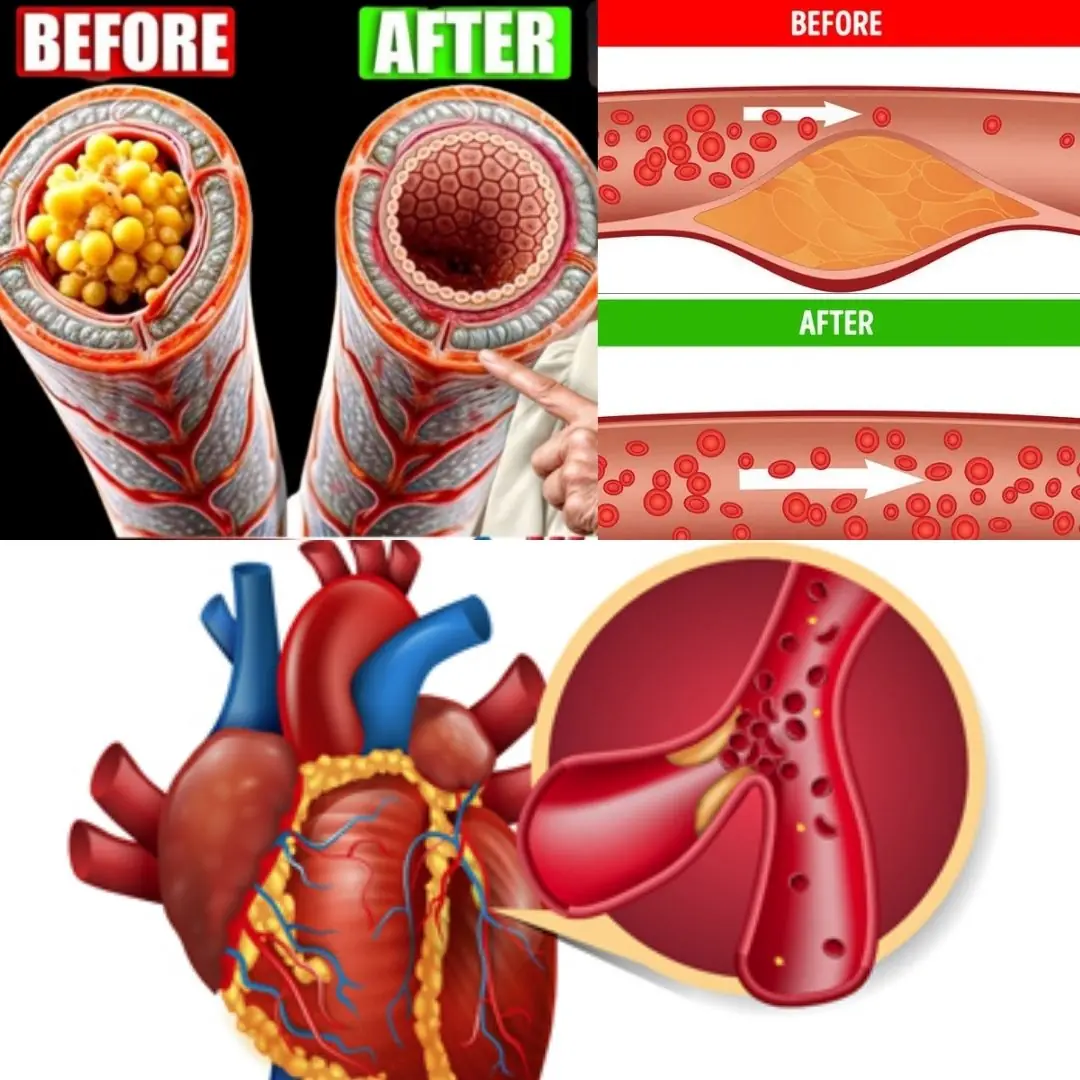Could something as simple as a hug save your life? While that might sound dramatic, research reveals a startling truth: embracing someone for just 20 seconds triggers a cascade of biochemical reactions powerful enough to alter your physical health.
Most people hug for barely 3 seconds, long enough for a polite greeting. Yet scientists discovered that extending that embrace to 20 seconds unlocks a hidden world of physiological changes our ancestors intuitively knew about. From blood pressure regulation to stress hormone reduction, hugs work like medicine on a cellular level.
When participants in laboratory studies received proper hugs before facing stressful situations, something remarkable happened—their bodies responded differently to pressure. What exactly changes in those 20 seconds? And why does duration matter more than how many hugs you get?
How Hugs Transform Your Body Chemistry
When arms wrap around another person for at least 20 seconds, something remarkable happens inside the body:
Blood pressure drops significantly. Studies show that systolic and diastolic pressure decrease after a warm hug.
Cortisol levels fall dramatically. Cortisol, often called “the stress hormone,” floods our system during anxious moments. A proper hug counteracts this stress response.
Oxytocin surges through the bloodstream. Scientists call oxytocin “the bonding hormone” because it creates feelings of trust and connection between people.
Heart rate stabilizes. Research participants who received hugs showed measurably lower heart rates when facing stressful situations than those who faced challenges without physical touch.
Research Shows 20 Seconds Makes All the Difference

Scientific research provides clear evidence for how hugging affects our health. One particularly revealing study gathered nearly 200 adults living with romantic partners and subjected them to a highly stressful public speaking task.
Half received a 20-second hug from their partner before speaking. Half rested quietly alone before speaking.
Results proved striking: men and women who received hugs showed significantly lower stress responses across all measurements. Blood pressure stayed lower, heart rates remained steadier, and participants reported feeling more capable of handling stress.
What makes this finding especially valuable? Duration matters more than frequency. Many short, quick hugs throughout the day provide less benefit than fewer hugs lasting at least 20 seconds each.
Partnership Creates a Positive Feedback Loop
Researcher Ruth Feldman found something remarkable when studying new couples: regular physical touch, mainly hugging, synchronized partners’ oxytocin systems at a biological level. During laboratory observations of couples discussing pleasant shared experiences, measurements revealed dramatically elevated oxytocin in both partners compared to singles, with high levels even six months later. Surprisingly, men and women showed identical hormonal responses, breaking stereotypes about gender differences in emotional connection.
Feldman identified a “feedback loop” – giving affection triggers oxytocin release, creating desire for more connection, stimulating additional affection, creating a self-reinforcing cycle that strengthens bonds. Feldman explained this elegant system perfectly: “Oxytocin can elicit loving behaviors, but giving and receiving these behaviors also promotes the release of oxytocin and leads to more of these behaviors.”
Cultural Variations on Physical Connection

Around the world, people recognize hugging’s biological importance, sometimes creating alternatives when human contact proves unavailable.
Japanese researchers conducted an experiment involving a human-shaped cushion called a “Hugvie.” Study participants engaging in stressful conversations showed measurably lower cortisol levels when holding this cushion than those who talked without physical contact.
Scientists believe the physical posture of hugging itself—arms opened wide—might trigger neurological responses that reduce stress hormones. Even embracing an object may provide partial benefits when we cannot hug another person.
Scientific Support for Ancient Wisdom
Family therapist Virginia Satir famously stated, “We need four hugs a day to survive, eight hugs to keep us as we are, and 12 hugs to grow.” While modern research focuses more on duration than frequency, science increasingly confirms what many cultures have intuitively known—physical touch fundamentally supports human well-being.
Many ancient healing traditions emphasized touch as medicine long before scientists could measure hormones or blood pressure. Modern research now validates these practices with measurable evidence.
Practical Applications for Better Health

How can we apply these findings to improve well-being? Consider these science-backed approaches:
- Make hugs last: Count to 20 when embracing loved ones—long enough for biological changes to begin.
- Prioritize regular connection: While lengthy hugs matter most, consistent connection through affectionate touch helps maintain healthy stress responses.
- Seek alternatives when needed: When human contact proves limited, holding a pillow or stuffed animal while talking on the phone may provide partial biological benefits.
- Practice conscious hugging: Pay attention to breathing and physical sensations during embraces rather than hugging mindlessly while thinking about other matters.
- Recognize individual differences: Some people readily welcome physical touch, while others prefer less contact. Respect personal boundaries while finding appropriate ways to connect.
Findings for African American Couples
One exciting finding emerged from hugging research regarding diverse populations. Researchers who compared responses across demographic groups discovered that African American couples showed more substantial physiological benefits from hugging than other groups studied.
African American participants who received 20-second hugs before stressful tasks demonstrated more pronounced blood pressure and heart rate reductions than Caucasian participants. Both groups benefited significantly, but the protection against stress appeared even stronger for African American couples.
Building Better Relationship Health

Most significantly, research suggests regular hugging within supportive relationships may partially explain why people in healthy partnerships tend to live longer, healthier lives.
Scientists now believe hugging represents one specific mechanism through which relationship quality affects cardiovascular health. Regular hugging modifies how our bodies respond to everyday stressors, potentially preventing some of the damage chronic stress causes to the heart and blood vessels.
Focusing on regular, meaningful physical connection offers a simple yet evidence-based approach for couples wanting to improve relationship quality. Partners who commit to daily 20-second hugs often report feeling more connected emotionally and physically.
Real People Share Their Hugging Experiences
Family hugs have moved beyond scientific studies into real homes, where people experience their power firsthand. Reddit users recently shared touching stories about incorporating more prolonged hugs into their daily routines with children.
One parent shared how their 9-year-old son counts out “20 pat pats” during bedtime hugs—creating his version of a 20-second embrace. Recognizing how fleeting childhood can be, this father savors each moment, knowing these rituals may eventually fade as his son grows older.
“It’s amazing how those hugs can erase a bad day,” another parent observed, highlighting how physical connection serves as a reset button for emotional wellbeing.
Some parents have embraced an even more profound approach. One father explained his personal rule: “I hug them until they pull away.” His daughters, ages 4 and 7, have incorporated this connection into their daily routine so deeply that his oldest will chase after him for a forgotten hug. While 20 seconds serves as an excellent baseline, he discovered some embraces naturally extend for several minutes, with his daughter occasionally maintaining connection for six or seven minutes while he gently rocks her.
Such stories show how quickly simple physical practices become meaningful rituals that both parents and children come to value and request. Beyond science, these real-world experiences demonstrate how hugging bridges the connection across generations.
Moving Forward with Connection
Modern life sometimes minimizes physical connection through busy schedules, technology distractions, and cultural norms that discourage touch. Yet our bodies continue to function according to ancient biological programming that relies on physical contact for optimal health.
By recognizing hugging as a legitimate health practice rather than merely a social custom, we can make more conscious choices about incorporating meaningful touch into our daily lives. From reduced stress hormones to improved cardiovascular responses and stronger relationships, science confirms what many people intuitively sense—hugs heal.
National Hugging Day is January 21st each year, offering a perfect opportunity to remind ourselves of the importance. However, making space for 20-second embraces throughout the year may represent one of our most straightforward and accessible health practices.
Consider this article your prescription for better health through connection, measured in 20-second intervals and backed by science.

